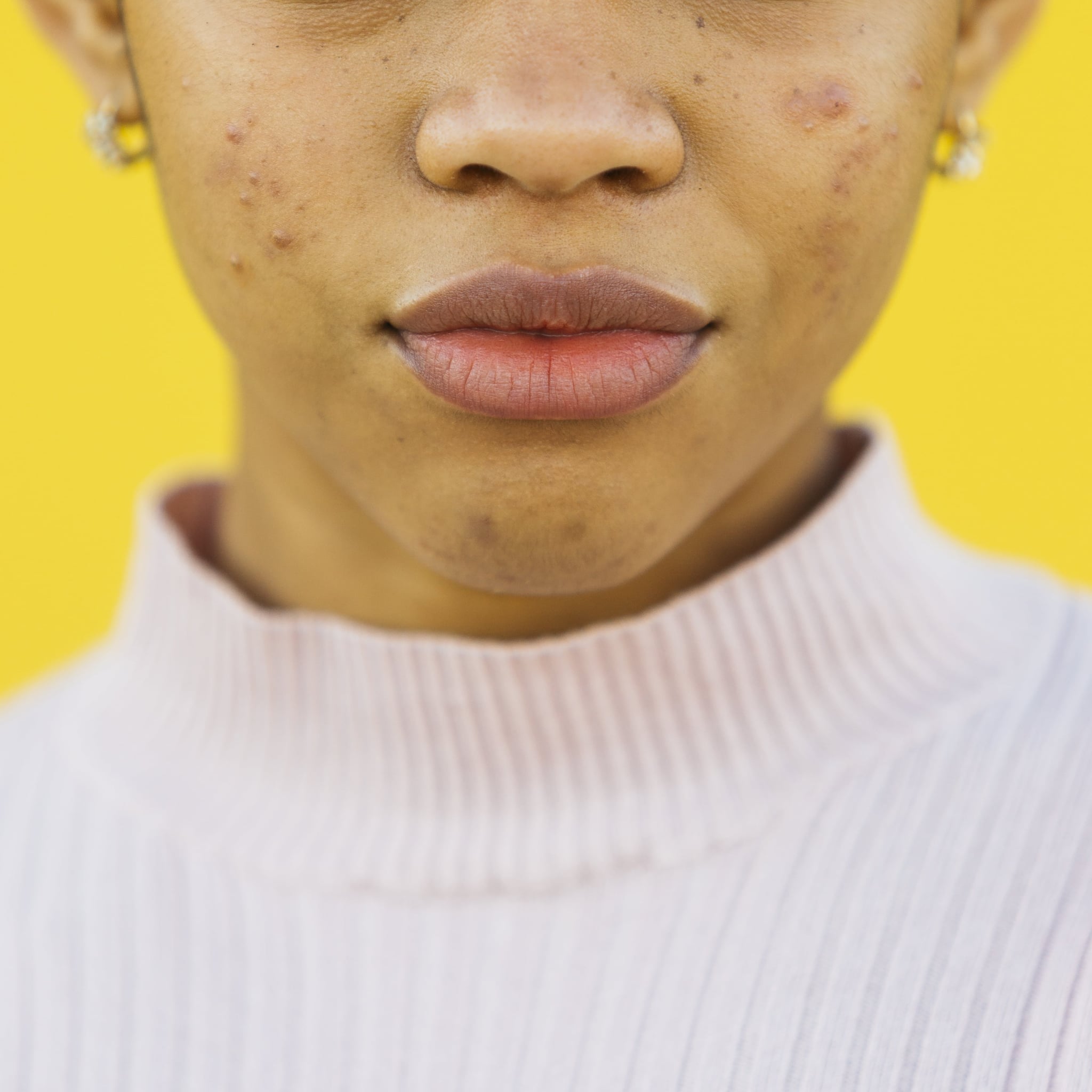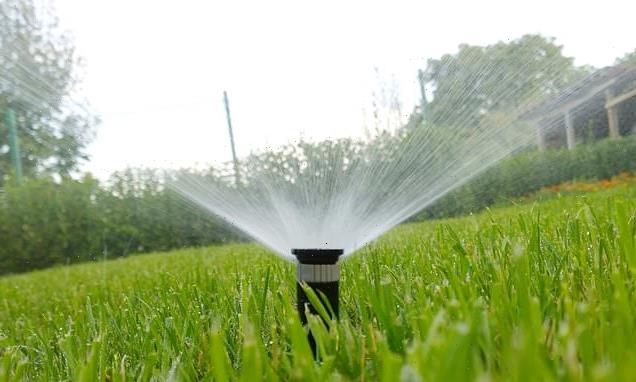Acne and the scars it sometimes leaves behind are just a part of life for the 50 million people in the US who experience breakouts. It can occur at any age or place, from the schoolroom to the boardroom. So why is only clear skin — the kind that’s not too oily, not too textured, and definitely not acneic — considered “normal?”
At one point, the American Medical Association urged advertisers against using Photoshop because it portrays an unrealistic representation of beauty, yet very few actually showcase the common skin condition in all its complexities. It’s time to dismantle unattainable beauty standards and normalize having acne from teenage breakouts to adults who get zits.
For many people, acne is a major source of insecurity. Media can play a massive role in normalizing breakouts and helping all of us accept and embrace the skin we’re in. Unfortunately, it’s extremely rare to come across an advertisement, TV show, or movie where the model or actor has a blemish. Even though “perfect” skin does not exist, the illusion that it does perpetuates the idea that skin can only be healthy or look good if it’s unblemished, which, in turn, increases the stigma surrounding acne.
Thankfully, this is changing, but at a snail’s pace. Some brands including CVS, Spktrm Beauty, Squish Beauty, and Olay have issued “no-Photoshop promises” and are using unretouched photos in advertisements and social media campaigns. Acne is slowly finding its way to the screen thanks to TV shows like Euphoria, which features real teens with real acne like Barbie Ferreira. Saoirse Ronan’s visible breakouts in Lady Bird were celebrated for normalizing the experience. Skin realism is a step in the right direction to help those who have acne feel represented and less self-conscious about their blemishes, but this only scratches the surface.
We’re so inundated with perfectly altered, filtered, and edited skin that appears clear and flawless that when posting our pictures on social media, many of us are wary of showing our real skin as we swipe through filters until we find one that covers our blemishes and scars. We subject ourselves to the illusion of perfection because it’s the standard portrayed in all forms of media. It’s no wonder people are still reluctant to show their actual skin on social media.
Some influencers are doing their part to normalize having acne with skin-positive posts, but when an influencer, an actor, or even a friend posts an unfiltered photo with blemishes, they’re often hailed as being “brave.” Isn’t it quite jarring that society considers it an act of courage to show something so incredibly normal?
Even the acne-focused products targeted to people prone to acne rarely show actual chronic acne in ads. Retouched skin in campaigns for acne is not only misleading marketing, it’s also unreliable for the target consumers. It would be empowering to consumers with acne to start seeing authentic advertisements for acne products featuring real blemished skin.
It’s time for the influencers we follow on TikTok to delete Facetune and producers of our favorite sitcoms to show actors’ real skin. Only then will society begin to truly understand that acne is nothing to be ashamed of.
Source: Read Full Article



